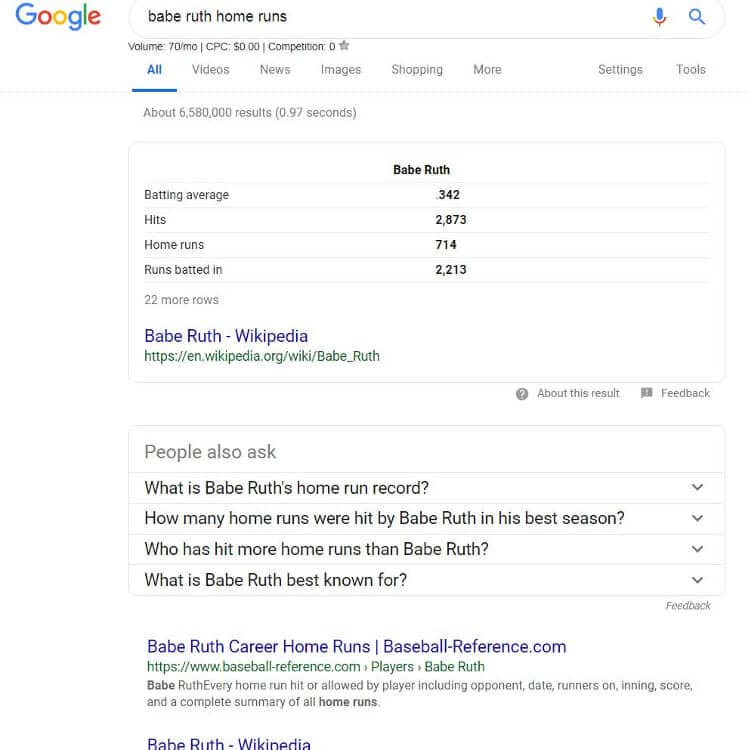Last month we looked at the impact of voice search. This month we will look at some steps you need to take to make your content more relevant to voice search queries. We will be discussing the impacts of voice and mobile search on the performance of your site. Both voice and mobile search have unique assumptions and delivery. Many of these overlaps which is why we are discussing them together.

A little history
Voice search depends on several technologies, the first of course is voice recognition. Do you enjoy those wonderful automated attendants at our banks and other organizations? They are the predecessors of voice search. The common elements of voice search are there, understanding the words you used, and reacting appropriately to them. Computing power and recognition algorithms have become more accurate and available. This opened more and more applications to voice input. Eventually, this affected our world of search optimization.
In June of 2011, Google announced they were starting to roll out voice search on Google.com. At first, the feature could be accessed only in English. Today, about 60 languages are supported by Google Voice Search.
In 2013 Googles Hummingbird update made radical changes to how typed and spoken searches where answered. The updated algorithm emphasized natural language processing. It considers the users’ intent and the context of the query. From then on, search questions structured in sentences have returned more relevant answers.
Why should you optimize for voice search?
Typed and spoken searches will deliver different results. This means that optimizing your site for a traditional text search doesn’t always look the same as optimizing your site for voice (Mobile) search. For example, people using voice search on mobile devices will get only one top result. This one result has been labeled “position zero,” and everyone wants it.
As we discussed last month, it is estimated that by 2020, half of all searches will be conducted by voice. So, by 2020, half of your potential customers won’t see your website even if you’re fourth in the SERP. Ranking number one — or securing position zero — will be the main goal for every organization. This, of course, raises the SEO bar considerably.
What should you consider when optimizing for voice search? Let’s look at how mobile and voice search results are delivered. What factors will you need to account for to achieve voice and mobile search success?
User intent
The longer search queries in voice searches can help you understand the actual goals of the searcher. Think about the goals of your website prospects. When people search for your website, do they want to buy something or are they looking for information? User intent tells us the reason a person typed their query into a search engine in the first place.
Sometimes the intent is obvious and clearly expressed in the query. If it contains words such as “buy,” “price,” “how to,” “what is,” etc. it is easy to judge. But other times, intent hides only in a user’s mind. Search engines use the search words and history of the searcher to try and understand search intent. They then try to match the user with the best results to match intent. Intent may or may not be expressed, but search engines will try and determine what it is. Google and other search engines dig into the context of the search query and try to understand user intent. They investigate sites’ content and provide the searcher with whatever answer they deem most relevant.
For example, I may search for “baseball playoffs”. In the most likely scenario, I’m interested in the most recent season and not the results from 20 years ago. Search engines understand this and take it into account. Therefore, you should consider user intent when creating content. , Enhance the relevance of your pages to specific search queries.
Featured snippets
You may not be familiar with the term “featured snippets.” However, you do know what they look like. Featured snippets appear at the top of the search result pages. Search engines pull the most relevant content and puts it in a box as in this example. If you search for the phrase “Babe Ruth home runs” Google will display the following or similar results. In this case, the featured snippet is from a Wikipedia article about Babe Ruth.

If you want to optimize your page for a featured snippet, your main aim should be understanding user intent. Then make sure that you are giving your audience an immediate answer. According to Search Engine Watch, about 30% of 1.4 million tested Google queries will return a featured snippet. If Google sees the query as a question with an objective answer, they may return results with a featured snippet and a link to the source. This is, of course, SEO gold so your SEO strategy should have your content as featured snippets as one of its goals. The search query research we do for our customers helps them achieve this goal, and of course high search rankings in general.
Answering questions and long tail keywords
One of the aspects of voice search is that the query is in the form of a question. The voice searcher will behave as if they are talking to a person rather than a computer. Queries will use long phrases and not short keywords. Yet, it is good to remember that the “sentence” structure may not be what we expect. As Master Yoda might say “Pay attention in English class I do not, talk my own way I will”.
To achieve relevancy, you will want your content to be more conversational. Use keywords and phrases that people use when speaking about your product or service. Those of you who have been aware of and applying long tail keywords as part of your SEO strategy are already aware of this. Keep up the good work. The most effective use of long tail keywords hinges on solid search term research.
One side benefit of long tail keywords is that it is easier to rank on page one of search results. Again, this is where solid keyword research pays off. Search phrases with a balance of volume and competition will be the most successful. They give you the best opportunities to bring a meaningful flow of the right visitors to your online properties.
Of course, there are many other factors that contribute to your website’s visibility. Factors like your service area, your industry, understanding your user personas, among others. You will also want to maintain your desktop search visibility. Understanding the needs and habits of your customers and prospects will help guide you and your SEO strategy. If you would like to learn how well your website is performing please give me a call at 262.373.8700 or fill out the contact us form. We can show you where you are, and how to get to where you want to be.





